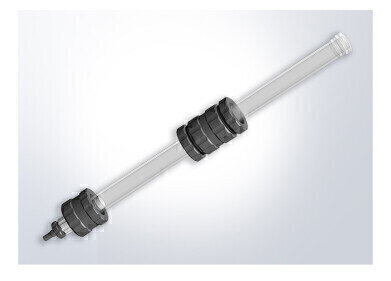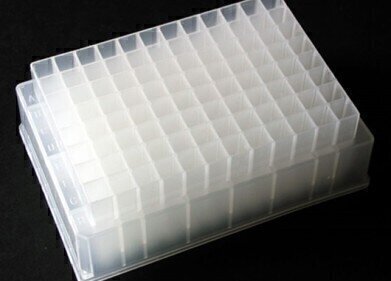Preparative
Building Conservation — Ion Chromatography Helps Out
Oct 07 2015
Wandering around our towns and cities surveying the architecture and building materials of historic buildings, churches and memorials is an activity many people enjoy — with the structures providing a visible connection to the past. Many of the buildings have been there for hundreds of years — and are still admired by visitors for the craftsmanship used in the carving and laying of unwieldy stones.
Concrete and glass-fronted buildings erected in a few months may look good new — but will they still be there in two hundred years? Many 1960s high-rise blocks have already been consigned to the demolition man’s hammer.
Porous Stones
One of the weaknesses of building in stone concerns the properties of the stone used. Many buildings are constructed using limestone or sandstone — because of the availability, ease-of-use and aesthetic appeal — but they are porous stones. Porous stones allow water to penetrate to the inside of the stone — and with the water come soluble salts.
Salt in this instance doesn’t just refer to sodium chloride — but to a wide range of compounds comprising positive metal ions (for example Na, Mg and Ca), and negative anions including sulphates (SO4), carbonates (CO3) and nitrates (NO3). These salts are highly soluble and are often found in water. Ion chromatography is widely used to analyse water for soluble salts as discussed in this article from Chromatography Today, Determining Inorganic Anions in Drinking Water.
The salts are relatively common in the environment; found naturally in many different places including air pollution, ground- and rainwater, and in some building materials such as mortar. The reason that these salts are damaging to porous stone is due to this high solubility — they readily dissolve in water — and that they easily form salt crystals when the water evaporates away.
Super saturated salt solution
Water, and subsequently salts, are easily transported through porous stones by many different mechanisms. The water can originate from the atmosphere around stones — rain, damp air conditions — or by capillary action from the ground. How much salt the water can contain is determined by the temperature of the water and atmospheric pressure — the water can become super-saturated whereby it cannot hold any more salt. But when the conditions change, or the water evaporates, the salt can recrystallize and this is can occur in the middle of the stone.
When salts recrystallize in the stones they can effectively grow and impart an internal pressure between the grains making up the stone. The increased pressure can cause damage to the stone — such as causing parts of the stone to crumble (if near an outer face) or a cavity to open — leading to more water penetration.
When investigating a stone-building it is important to find out where the salts are coming from, air or ground for example, and this is where ion chromatography can help as discussed in this paper in Analytical Methods.
Is your house a building of character?
Image by Walter Baxter via Wikimedia Commons
Events
Mar 18 2025 Beijing, China
Mar 25 2025 Paris, France
Mar 31 2025 Beijing, China
Apr 02 2025 Saigon, Vietnam
Apr 22 2025 Kintex, South Korea














